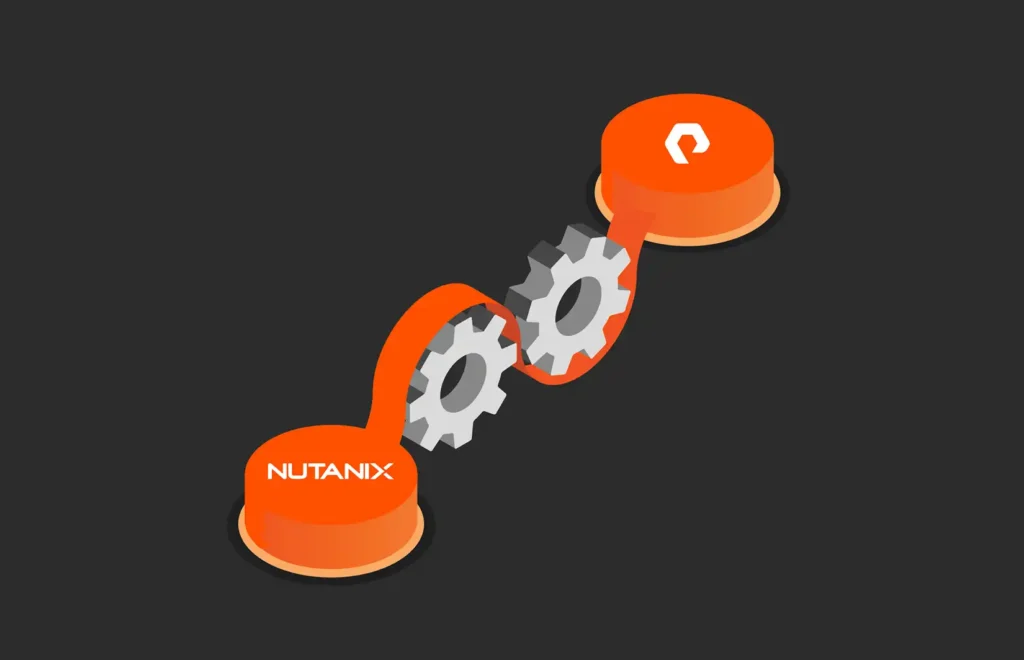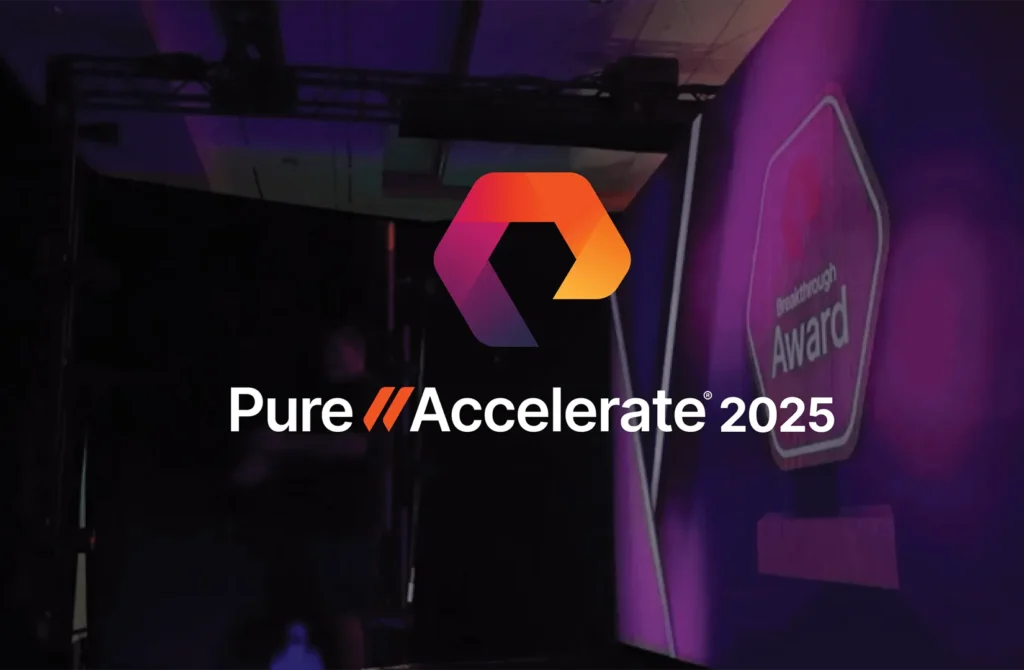The results are in. In our recent 2021 Kubernetes Adoption Survey, we found that Kubernetes adoption is accelerating despite an overall decrease in IT budgets. This increased usage is fueling both productivity and high-paying jobs.
We’ll look at the findings in more detail below, but first, I want to start with a brief story. My experience with the transition from traditional applications to modern apps, microservices, containers, and Kubernetes illustrates many of the themes uncovered in our research.
My Aha Moment with Modern Apps
The first thing that struck me about modern DevOps culture happened when I was working at a cloud company. We acquired a small SaaS startup in San Francisco that made an email API for developers.
The company’s API was for programmatically generated emails. For instance, you get a confirmation email when you order anything online. If you forget your password, you get a password reset email.
Developers wanted an API they could use to reach an inbox, rather than the spam folder. You could do it yourself using an SMTP server, but it was very complex and meant you’d have to learn the intricacies of delivering email to Gmail, Yahoo, and Hotmail accounts. The startup provided an as-a-service alternative. And the market was growing rapidly.
When I joined the company to head marketing, we were planning a major upgrade to the service. I suggested that we send out a maintenance notification. To me, this was Enterprise Software 101: When you made an update, you sent a maintenance notification in case there was downtime.
The developers looked at me like I was crazy. They said there was no good time to do system maintenance. Downtime wasn’t an option, so they had architected the system so they could update without forcing downtime on users. Customers were always sending emails: End users could forget a password or take a rideshare at any time.
Just like that, a switch went off in my head. I saw the difference between a traditional architecture and a microservices architecture. Both support very important, large-scale use cases, but microservices does it much more flexibly and doesn’t force us to take things like downtime for granted.
That was my first awakening when it came to microservices. The second came as the SaaS service scaled.
At a certain point, we were sending about a billion emails a month for our customers. At one point, the main database was MongoDB, but large files, like email attachments, weren’t well supported. The team switched to Cassandra because it was better at handling large files. We started using Elasticsearch when the team wanted to improve logging. Then we wanted multiple services to access the same data but process it in different ways. The team used Kafka.
It sort of became a running joke: Why is the dev team swapping out databases all the time? The answer: The dev team was getting paged in the middle of the night to respond to production outages. For example, they were paged when the main email-sending pipeline went down because someone tried to do a mailing with a 20MB attachment to 10,000 users.
The team had an incentive to architect the product right. The DevOps team was only five or six developers. They had families. They wanted weekend breaks and to take a vacation every now and then. That meant they needed a system that would scale when they weren’t watching it. And if it did break, they needed it to be easy to diagnose, easy to fix, and easy to update. So they architected a system that met those needs.
Ultimately, a combination of a microservices architecture with the right tool for the job enabled this small team to operate a large-scale SaaS system without having to work 24×7.
That is the power of modern applications. There are only 24 hours in a day. We need to sleep, eat, and take care of ourselves and our families. Modern application architectures allow us to do that. They’re not just better for business—they’re better for people. Our 2021 Kubernetes Adoption Survey confirms that.
Insights from the 2021 Kubernetes Survey
Last year, IT budgets, like most, were cut. At the same time, Kubernetes adoption increased and application delivery times decreased.
Most respondents (68%) in our survey said they increased their usage of Kubernetes as a result of the pandemic.
The most common reason for the increase in Kubernetes adoption was to deploy new apps more quickly (59%). But, reducing IT costs was also a significant factor. More than a quarter of respondents said they expect to reduce costs by 30% or more annually as a result of using Kubernetes.
Despite the added pressures of the past year, most IT professionals (52%) said they enjoyed their jobs more during the pandemic than they had before it. Being able to spend more time with family and concentrate more on work were the top reasons cited.
Our survey also revealed that IT professionals who are the most familiar with Kubernetes tend to earn higher salaries than those who are less familiar with it. For example, 64% of respondents who were “very knowledgeable” about their company’s Kubernetes use reported their annual gross income at between $100,000 and $250,000, versus 59% who said they were “knowledgeable” and 50% who were “somewhat knowledgeable.”
So, even while companies were cutting budgets, they were deploying apps faster, thanks to increased investment in Kubernetes. And here’s the kicker—people were happier in their jobs and well paid to boot.
I think about my own experience watching the evolution from traditional to microservices architectures, the move from straight-up virtualization to container-based virtualization, and the move to Kubernetes. DevOps teams were looking out for the growth of the business—and for their own sanity. This evolution has been revolutionary, as our survey illustrates. Modern applications, microservices, containers, and Kubernetes have created a magical combination of better, faster, cheaper, and happier—even in the midst of a pandemic.
The 2021 Kubernetes Survey findings illustrate how containerization and Kubernetes can not only bring productivity but also job satisfaction to infrastructure operations teams. And as our results show, a lot of companies are already moving in this direction.
![]()








